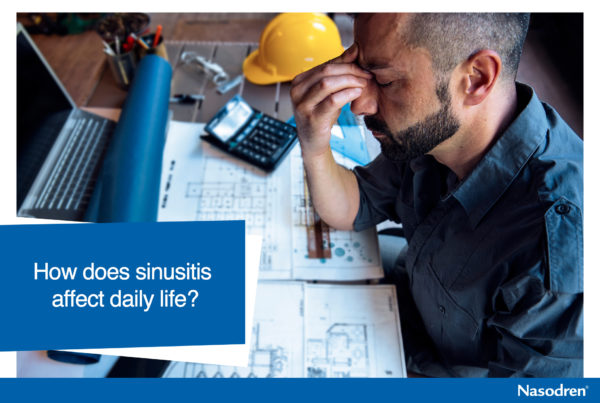Several years ago, after examining a patient I told him “You have got a cold” and he immediately said, “well then prescribe me an antibiotic”. I spent 2 minutes explaining that common cold is produced by viruses and that no antibiotics are needed since they don’t kill viruses. Even after the explanation he insisted on getting the prescription to buy antibiotic but I refused and he left quite angry.
6 days later the patient visited me again and the first think he said (he shouted) was: “Doctor you didn’t prescribe me antibiotic but I bought it anyway and I started taking it yesterday evening and I am feeling better today!” (Popular wisdom says that a cold last a week with drugs and 7 days without drugs).
Unfortunately, this situation happens every day in medical offices all around the world, regardless of countries being poor or developed countries, and it has lead to an overprescription of these drugs and as a consequence to antibiotic resistance.
Antibiotic resistance is occurring all over the world in bacteria responsible for common but serious infections, including sepsis, diarrhea, pneumonia, urinary tract infections, and gonorrhea.
Common diseases can be very serious when antimicrobials are ineffective. For instance, diarrhea is a common disease that is usually self-limited, but when it is resistant to antibiotics, it can become very serious and even fatal.
Thus, according to The Centers for Disease Control and Prevention each year in the United States, at least 2 million people become infected with bacteria resistant to antibiotics, and at least 23,000 people die as a direct result of antibiotic-resistant infections.
Who is/are responsible(s) of this situation?
A survey conducted in the US several months ago that included 796 health professionals and 1,174 patients give some clues. The main results can be very likely extrapolated to any country with minimum level of error.
So, when physicians were asked how often they give antibiotics when they are not absolutely sure that antibiotics are necessary, prescribers indicated that they do this 21.5% of the time overall. As well, 28% of health professionals indicated that patient request is one of the reasons they provide an antibiotic prescription. And of those who do say that at least some of their requests were refused because the antibiotic was unnecessary, 11.5% report that following an explanation as to why the medication was unneeded, they were then asked if they wanted it anyway. And 9% accepted!
Regarding patients, only half (53%) said that they have talked with their healthcare provider about the dangers of antibiotic resistance and use when not needed and a stubborn minority (11%) indicated that nothing would satisfy them other than getting the demanded antibiotic prescription.
The results also indicate a significant level of patient misuse of antibiotics. Nearly 1 in 5 people (18%) save their antibiotics for future use, and 19% (in aggregate) share or have taken another family member’s antibiotic. While 76% indicated that they understood the potential link between these products and resistance, only 40% said they try not to purchase these products for use at home.
What can be done for improvement?
Most important demands from clinicians are: more and better rapid diagnostics, clearer clinical guidelines, and time for patient evaluation and education.
The last point, patients (people) education, should be a must for all individuals and organizations involved in, ideally starting at school, but it only would happen in Wonderland!!








